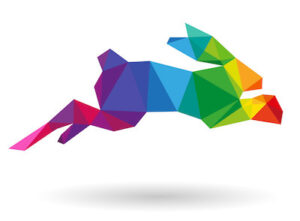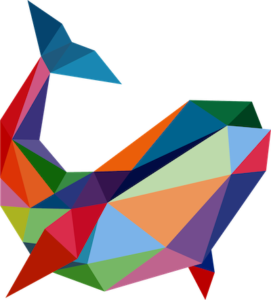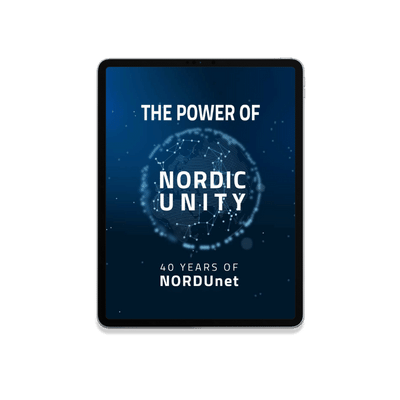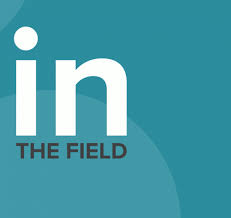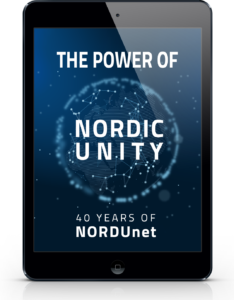
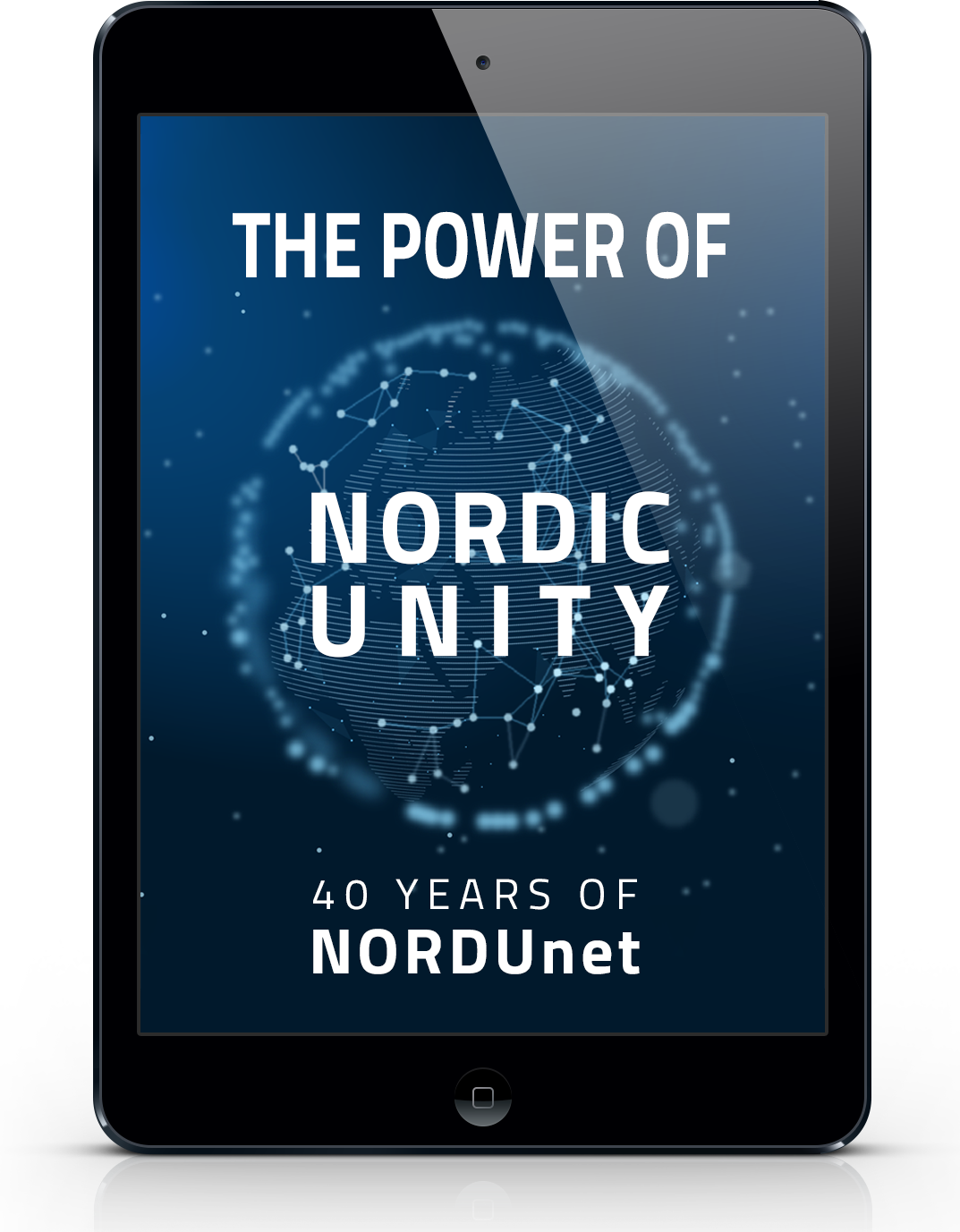


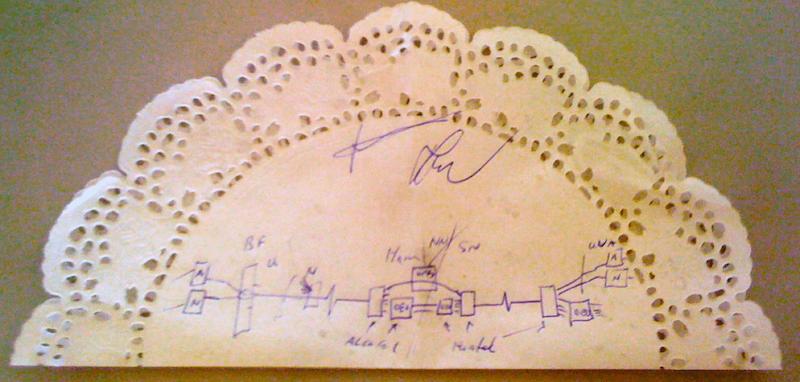
CLICK ON THE IMAGE TO LEARN MORE
div.container { background-color: #000000; } div.container p { text-align: justify; font-family: Arial; font-size: 20px; font-style: normal; font-weight: bold; color: #e5bd28; }
AN IDEA CAPTURED ON A COOKIE NAPKIN
They defined a way to engineer a foreign wavelength on an optical system without being restrained by the usual control systems managing the optical system.
 A year later, the concept, which they called Alien Waves, was tested for the first time on a live fiber system between DTU and UvA.
A year later, the concept, which they called Alien Waves, was tested for the first time on a live fiber system between DTU and UvA.
Today, photonic system manufactures have embraced the concept of alien waves. It is used increasingly all over the world, usually known as Spectrum Sharing.
NORDUNET PROJECTS
SETTING FUTURE STANDARDS FOR SHARING RESEARCH NETWORK RESOURCES
SPECTRUM SHARING – In 2008, some dedicated souls met during a coffee break at the TNC conference in Bruges, Belgium and hatched a plan.
They discussed the rapidly increasing bandwidth demands on the research networks in Europe. Something had to be done in the near future to ensure the capacity would be available in an efficient and cost-effective way.
GÉANT and NORDUnet
AT THE FOREFRONT
NORDUnet and the Nordic NRENs (National Research and Education Networks) make substantial contributions to the GÉANT projects, from establishing European consensus and developing project proposals to engineering solutions and directing critical tasks.
GÉANT’s most recent projects have grown with the support of the European Commission. It now encompasses not only the award-winning pan-European network but also a range of advanced, user-focused services and an innovative program that is pushing the boundaries of networking technology to benefit over 50 million users.
In recent years, NORDUnet and the Nordic NRENs have significantly contributed to:
- Design and development of the new GÉANT optical network
- The Evolution of Campus Networking as a Service
- Developing a framework for providing commercial IaaS services to European R&E users
- Leading the European trust and identity efforts, including the provision of support for major research communities and research infrastructures through the eduTEAMS endeavours
ALIEN WAVES ARE ROLLING ALL OVER THE WORLD
EQUIPMENT MANUFACTURERS HAVE EMBRACED SPECTRUM SHARING
Spectrum sharing is no longer frowned upon, and as a consequence, optical equipment manufacturers now design their network equipment to allow for it – they call it Open Line Systems.
Also, equipment manufacturers for subsea cable systems have embraced the concept of spectrum sharing.

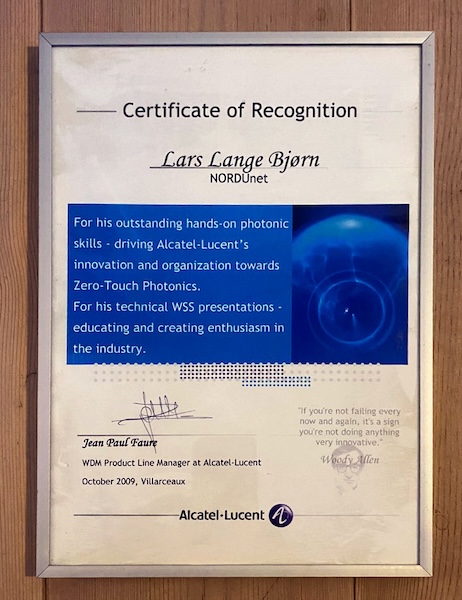
CLICK IMAGE TO LEARN MORE
div.container { background-color: #000000; } div.container p { text-align: justify; font-family: Arial; font-size: 20px; font-style: normal; font-weight: bold; color: #e5bd28; }
THE IDEA CAPTURED ON A NAPKIN IS NOW A GLOBAL NETWORK SOLUTION
Lars Lange Bjorn, NORDUnet's Network Planning & Engineering Manager, did a great deal of work on verifying the WSS' behavior in the network nodes and in the network management system.
This work was instrumental in the Alien Wave project with STU, UvA, and SURF between Copenhagen and Amsterdam.
ALIEN WAVES SAFEGUARDING WAVELENGTH INTERACTIONS
THE OPEN OPTICAL CONFERENCE
The first conference on this topic was held in November 2017, called The Open Optical Conference. Delegates from Facebook and Google attended, among many others.
Today, the giants have integrated alien wave technology in numerous ways in their network solutions, breathing down the necks of small pioneers.
“Here we can look each other in the eyes and agree that something is very interesting, and we can start to build a collaboration with real commitment.”
THORKILD JENSEN,
PROJECT MANAGER
DeiC
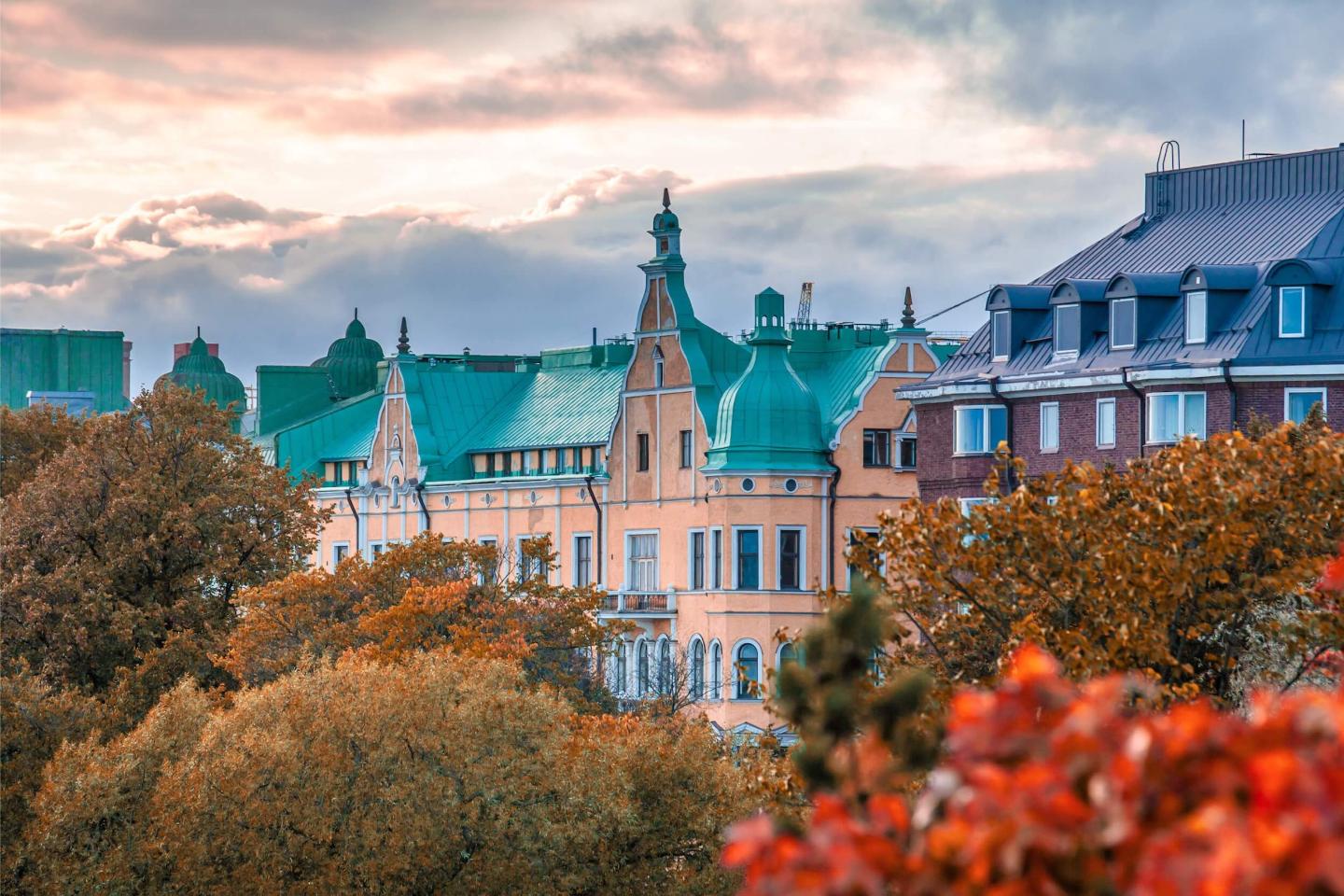
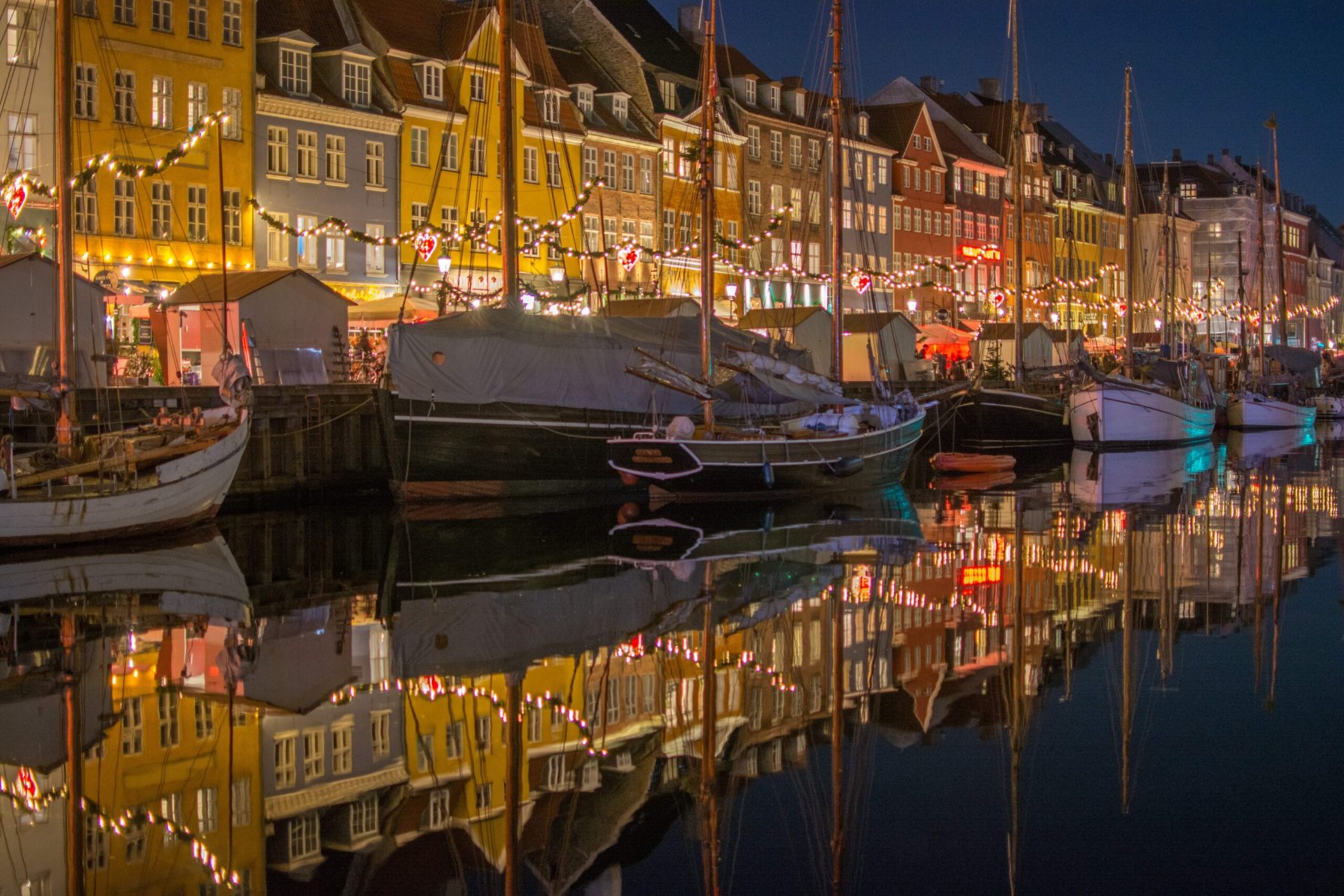
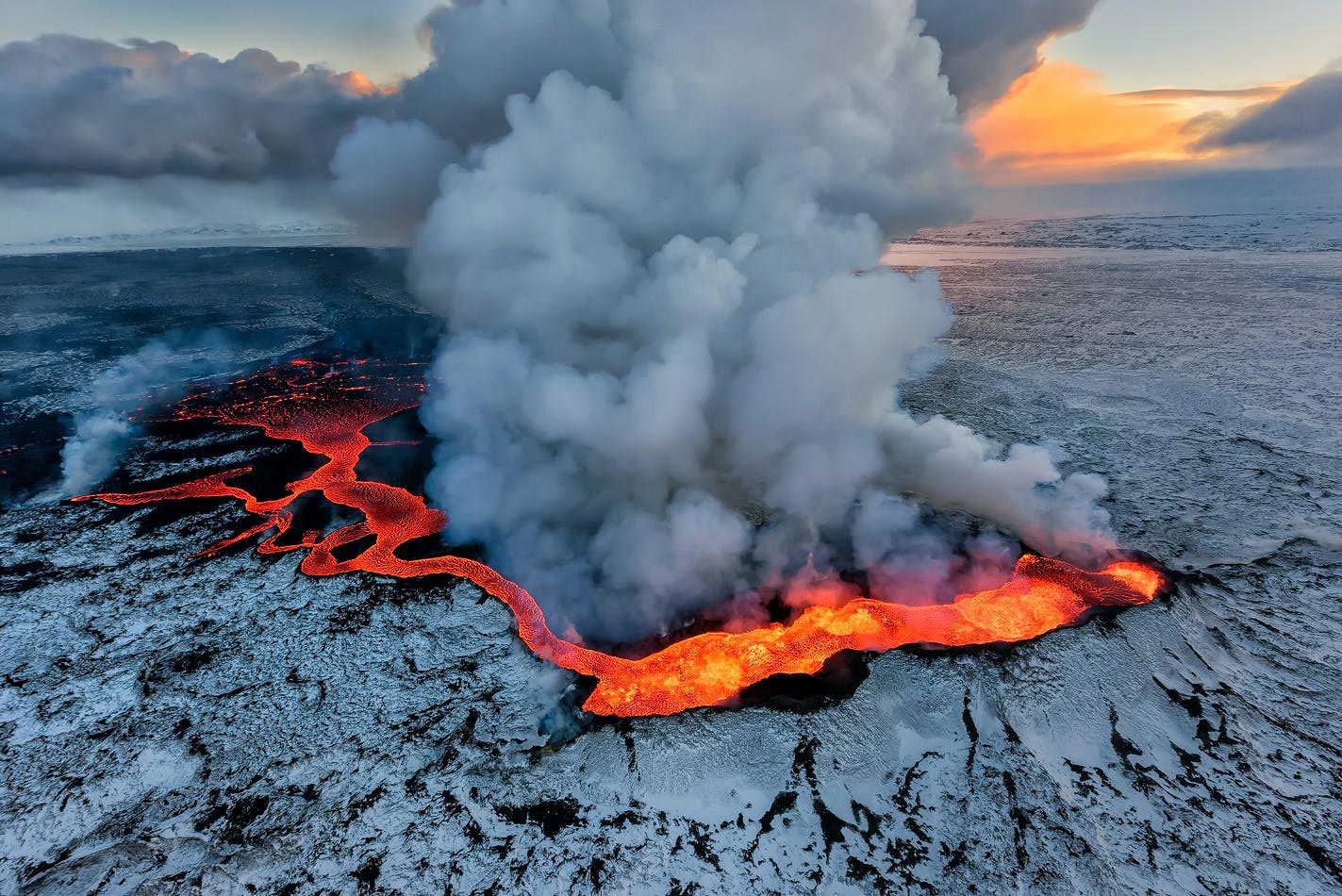


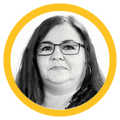
“The only secret ingredient needed for many years of successful collaboration is to attract a few passionate and extremely committed individuals.”
MARTIN BECH,
CTO DeiC
Kalmar2 was drive,
vision, lots of hands-on,
and hours of fruitful discussions
KALMAR2
The need for safe access to cross-border services was an issue the NREN community had to address. Most of the people involved found it hard to see how this would ever be possible because the countries had very individual ways of handling access management.
To make it work, new technology was needed, and everyone had to agree and really trust each other.
Representatives from four Nordic countries met at NORDUnet in 2006, and two years later, the world’s first cross-border federation saw the light of day. A joint effort by Denmark, Finland, Norway, and Sweden soon expanded to include all five countries.
We called it Kalmar2 with reference to the famous union between the Nordic countries, which was established and signed in Kalmar in the year 1397, lasting for 126 years.
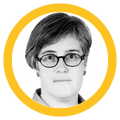
The information provided in 2020 was accurate at the time of publication.

